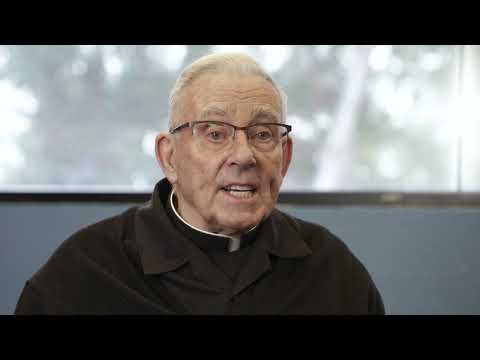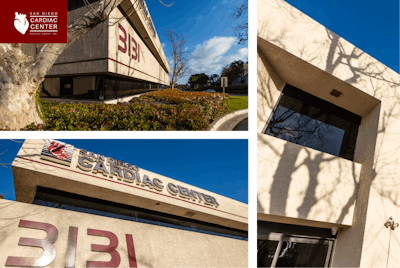Leg veins can become unhealthy and unable to pump the blood back to your heart efficiently, leading to a wide range of health concerns. The return of the blood from the legs to the heart occurs when your leg muscles contract and the veins have one-way valves to keep the blood moving in just one direction: upward to the heart.
What is the treatment like to experience?
This procedure is reasonably easy to experience. You may feel some pressure as the catheter is inserted. The vein will be numbed with a series of injections up the leg, with a local anesthetic, typically the only slightly uncomfortable aspect of the procedure. The closure of the damaged vein occurs quickly, after which the catheter is removed. You may experience some bruising or minor skin discoloration, which fades over time.
This procedure has the following steps:
- The area of skin covering the faulty vein is injected with a local anesthetic.
- A small incision is placed.
- The catheter is inserted into the vein.
- The RF or laser energy is emitted through the catheter, closing the damaged vein.
- The catheter is withdrawn and the incision bandaged.
- A compression garment is placed over the treated leg to reduce swelling and bruising.




